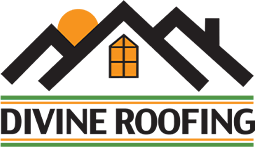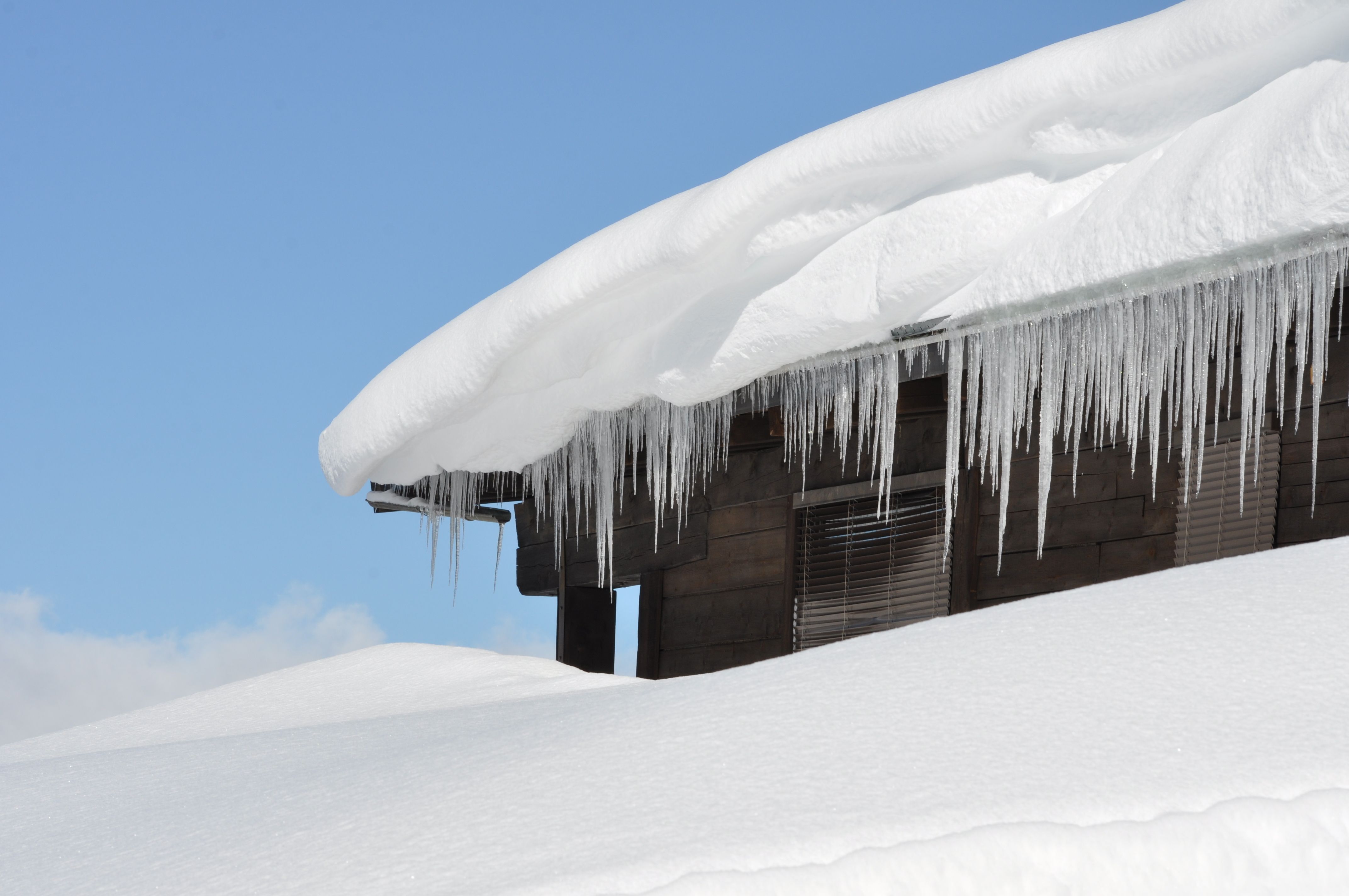Choosing the Right Roof for Cold Climates
Perhaps no season is harder on your roof than winter, especially in a climate like Colorado where frigid temperatures, snow, ice, and high winds could all place considerable stress on it. It should come as no surprise then that after a while your roof will need to be replaced, and that will give you the opportunity to select a new material that not only looks great but will provide you with extra protection during these particularly harsh months.
Let’s face it, certain materials are better at handling the constant pummeling from water-based precipitation that our winter months provide, and you’re much better off investing in one of these materials when the time comes to replace your roof.
What's the Best Roof for Snow
The best roof for snow is a metal roof. They are lightweight, durable, and snow tends to slide right off. They can also be installed with snow shields that prevent large chunks of snow and ice from falling off all at once. Others can include roof heaters, which melt snow and ice that lands on the roof quickly.
Below we dig deeper into metal roofs and other options you should consider when choosing a new roof:
Metal Roofs
When it comes to durability, metal is perhaps the best and most logical option out there. Not only is metal fairly lightweight, but it’s also extremely strong and can withstand hurricane-force winds and thousands of pounds of extra weight that snow can pile on. It’s fairly easy to install, lasts for decades with little to no maintenance requirements, and can be made to match nearly any color or style you’re looking for, so odds are you can find a metal option that matches exactly what you’ve envisioned.
Metal is rapidly becoming one of the most popular roofing material choices in snow-heavy areas because of the number of benefits it can have during the winter season. For starters, snow and ice have a pretty tough time sticking to metal roofs and usually slide right off before it can become dangerous to those down below. Worried about heat retention in your home? Don’t be—with proper insulation, metal roofs can be just as efficient as a regular non-metal material, or perhaps even more so due to their impenetrability leading to fewer air leaks and gaps causing heat loss.
Cement Tiles
When it comes to non-metallic roofing materials, one of the toughest challenges to overcome is being able to withstand days, weeks, or even moths covered in snow and ice, where water can slowly erode and eat away at the roofing material. Therefore, erosion-resistant materials are idea. This is where cement tiles really shine: their composition of concrete, pigments for coloring, and specialized sand is extremely water-resistant, meaning it will take years before the tiles develop any sort of a crack or leak due to snow or ice damage. And their tremendous weight makes them extremely difficult to move, even in high-wind or low-temperature situations. They’re also naturally insulating, making them a good choice for reducing heat loss.
On the downside, these tiles do tend to be expensive due to the process required to make them, and furthermore your roof is going to need to be extremely strong in order for them to be an option. Because of their immense weight, many roofs will need extra reinforcement in order to be able to utilize them without damaging your home, so they may not be an option without fully-remodeling your roof’s structure.
Solar Panels
This may not seem like a roofing option, but believe it or not, solar panels are a great defender against settling snow and ice! The surface of solar panels as well as the photovoltaic sensors underneath are designed to capture as much heat and light as possible, which means they actually get warm with little exposure to sunlight. As a result, panels often are some of the warmest spots on your roof, causing snow and ice to simply melt and slide right off of them.
Furthermore, depending on your panels, you may even be able to use the energy they generate to run a roof heater that causes the snow around the rest of your roof to melt and simply slide away. This way panels not only protect the roof below them, but can keep snow and ice away from your roof entirely.
Choose Divine Roofing for Your Cold Weather Roof
For more information about these or other high-quality roofing options that can help protect your home during the frozen months of winter, call the Colorado Springs roofers at Divine Roofing, Inc. today by dialing (719) 497-1005 or contact us using the button below!


